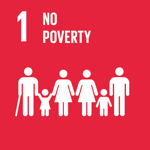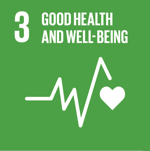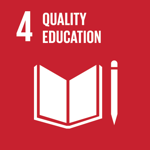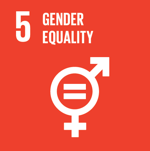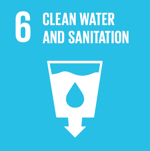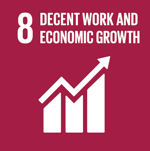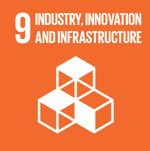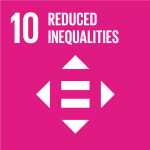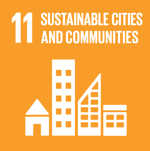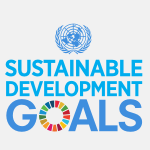Reduced Inequalities


Home » Reduced Inequalities » SDG 10 – Closing Arab-Jew Equality Gaps
SDG 10 – Closing Arab-Jew Equality Gaps
“Government programs work!”
So exclaimed the head of Israel’s Arab Society Economic Development Authority at the Central Bureau of Statistics’ (CBS) recent annual conference, this year focusing on social equality gaps between Jews and Arabs.
He should know – a member of the new Prime Minister-led Government Committee on Arab issues (and of the Arab community itself), he’s responsible for implementation of the country’s five-year, 30 billion shekel Arab empowerment program adopted by the previous Government and continuing under the current administration’s new 2023-24 budget. Going through his slides, he rapid-fired data to back up his claim:
- In 2022, Government ministries succeeded in allocating 4.49 billion shekels – impressive for a long-term plan’s initial year – some far exceeding expectations;
- Not one Arab municipality fell below its socio-economic rating since the plan was launched;
- Broad development of high-tech curriculum in Arab schools is well on its way.
Of course, there was also a big BUT: the past year’s dramatic increase in criminal activity, in the Arab community is endangering these achievements.
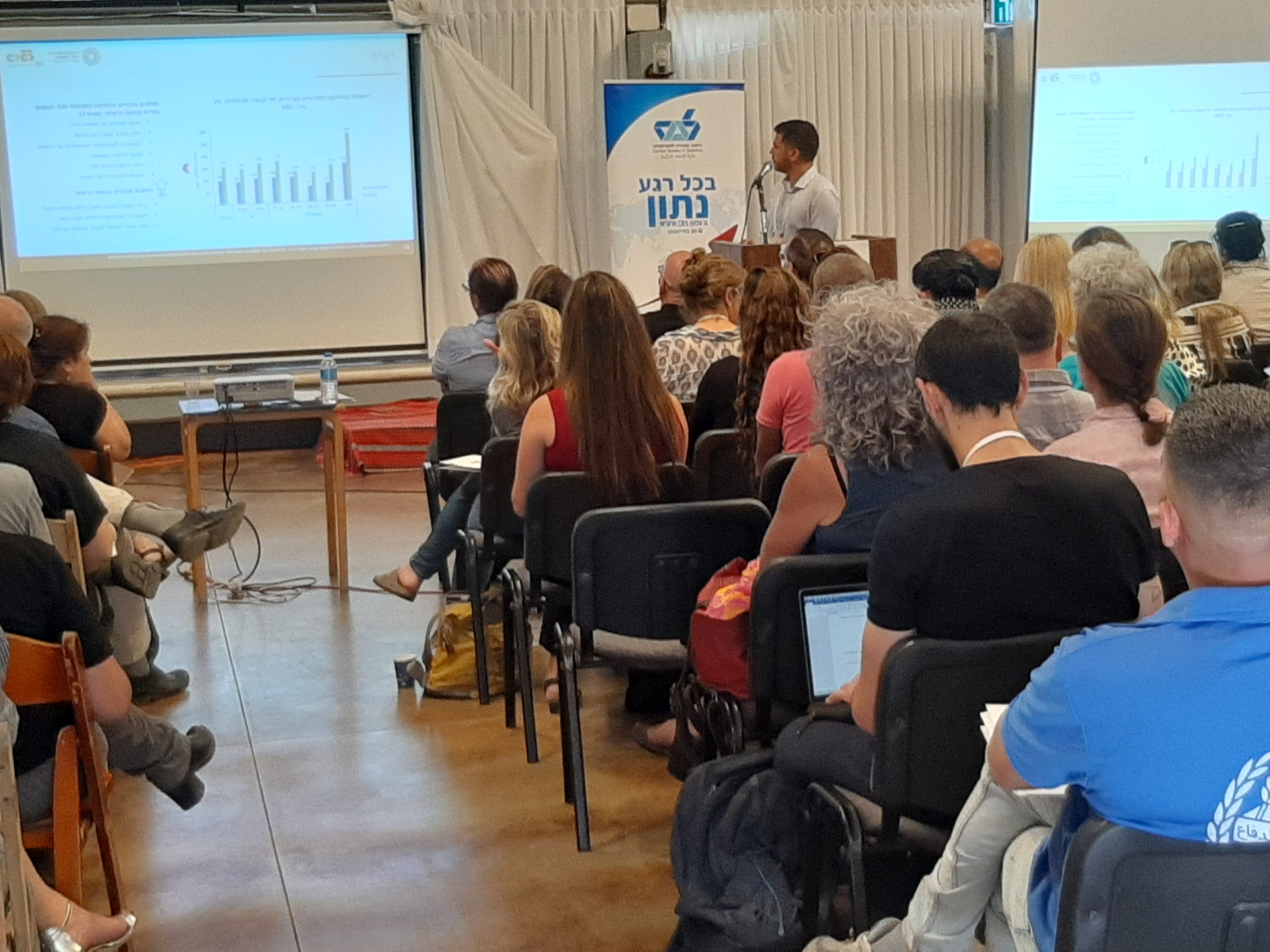

CBS data (Hebrew) for 2020-21 presented at the conference added depth to an understanding of current inequalities. Examples: while Arab women are increasingly moving into the work force, the gap is about 30% as compared with their Jewish peers (for men the gap is 14%); while the percentage of Arabs in academia has sky-rocketed in the past few years – now at 16.2% – it is still below their representation in the overall population (21%).
Perhaps the most eye-opening subject at the conference, presented by the Brookdale institute, dealt with the challenges of aging in the Arab community as birth rates continue to drop and the percentage of seniors rises. The briefing shed quite a bit a light on this dramatic development – with all its institutional, societal and cultural ramifications – and included a startling figure: the aging process, and its accompanying health deterioration, begins at a much younger age among Arabs as compared with Jews.
The housing shortage faced by young Arabs, another vital issue, was touched upon briefly by the CBS – which forecast that an increasing number of them will be seeking to live in mixed Jewish-Arab towns (such as Carmiel and Nof HaGalil) in the future. In the background hover a number of challenges, particularly access to mortgages; according to “Haaretz” (Hebrew), the Social Equality Minister recently demanded that the Finance Ministry implement a series of recommendations to solve the issue agreed on by an inter-ministerial forum a year ago.
Other leading Israeli conferences held recently – such as that of the Israel Democracy Institute and Reichman University’s Institute for Policy and Strategy – also focused on the Arab community issue. In both, senior Government officials called on employers – particularly in the high-tech sector – to do their share in efforts to close gaps.
On the margins of all this, we found an interesting factoid: according to a website (Hebrew) that focuses on the local media, only 29 of 488 items in economic reportage about budget deliberations bothered to mention the Arab community. Good thing the country’s Government cares.
Related articles
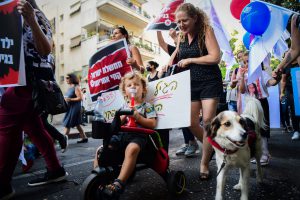

SDG 10-Workers’ Rights & Unions – A Natural in Israel
Reduced Inequalities After the Israel government recently adopted its first budget in three years, not hard to understand the collective sigh of relief. To some,


SDG 10 – Social Equality Continuity
Reduced Inequalities We take pride in offering perspective on challenging issues re social impact in Israel. So dealing with headlines that recent election results will
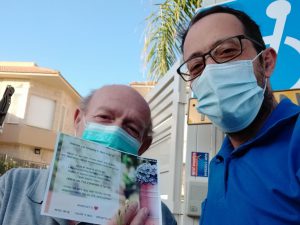

SDG 10- The Elderly, Still at Home
Reduced Inequalities The vast majority of Israelis have now returned, subject to health regulations, to their post-coronavirus routines: work places, schools, malls, beaches, fitness centers,

